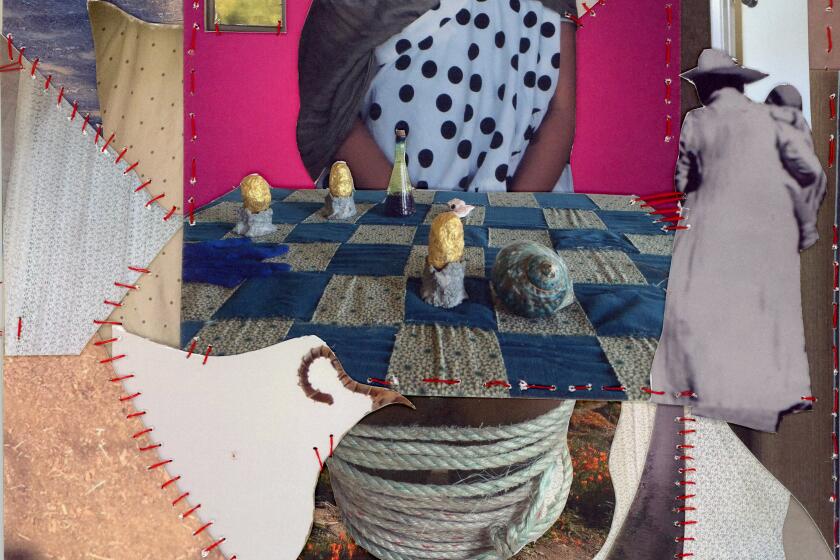Cordylines can add ornamental grace
They have elegant, sword-shaped leaves that reach out from slender gray trunks. They fit into difficult spaces that require something tall, narrow and interesting. They are cordylines, richly colored perennials from New Zealand, and they are fine complements in California succulent gardens where foliage and textures, not flowers, are the focus.
Cordylines are sometimes called New Zealand cabbage trees or giant dracaenas. The latter is the better description of their appearance, which is reminiscent of the dracaenas that were once a houseplant mainstay.
Whereas dracaenas burn in direct sunlight, cordylines tolerate shade and direct sun. Whereas dracaenas are sensitive to cold, cordylines can handle temperatures down to 20 degrees, sometimes colder. And whereas dracaenas are mostly green, cordylines come in shades of green, bronze, olive, burgundy, raspberry and striped combinations edged in yellow or cream.
Most cordylines are slow growers. Varieties can reach 30 feet tall and 15 feet wide. Recent introductions include some “trunkless” cordylines such as Festival Grass, a deep, wine-colored variety that tops out at 3 feet tall and wide. These smaller cordylines are fabulous container plants. Then again, so are their taller counterparts. Plant a large burgundy cordyline such as Dark Star in an ocher or emerald green pot for a show-stopping piece of living architecture.
Although cordylines are grown for their foliage, they do flower in late spring or summer. Flowers are cream, white or soft pink; they’re tiny and arranged by the hundreds, if not thousands, in long spires -- scented and long lasting. After a stem flowers, it branches into two new trunks.
Grow cordylines in well-draining soil. Depending on the variety, they may want sun or shade. Water deeply and regularly the first year until the plant is established, then cut back. Spritz leaves periodically in summer to rinse off dust and dirt. If you find scale colonizing the soft tissue where the leaf attaches to the stem, look for ants. If you can control the ants, you can control the scale.
The plants look good in a mixed succulent garden, but you also can tuck them in with mounding rockroses, shrubby grevillea or the graceful gray fronds of honey bush (Melianthus major). Plant a blue-gray and bronze meadow using mounds of teal-leafed blue oat grass (Helictotrichon sempervirens) and silvery Elijah Blue fescue (Festuca glauca) studded with Mexican lily (Beschorneria yuccoides) and the cordyline Red Sensation.
Sterman is author of “California Gardeners’ Guide Volume II.”
More to Read
Sign up for our L.A. Times Plants newsletter
At the start of each month, get a roundup of upcoming plant-related activities and events in Southern California, along with links to tips and articles you may have missed.
You may occasionally receive promotional content from the Los Angeles Times.






